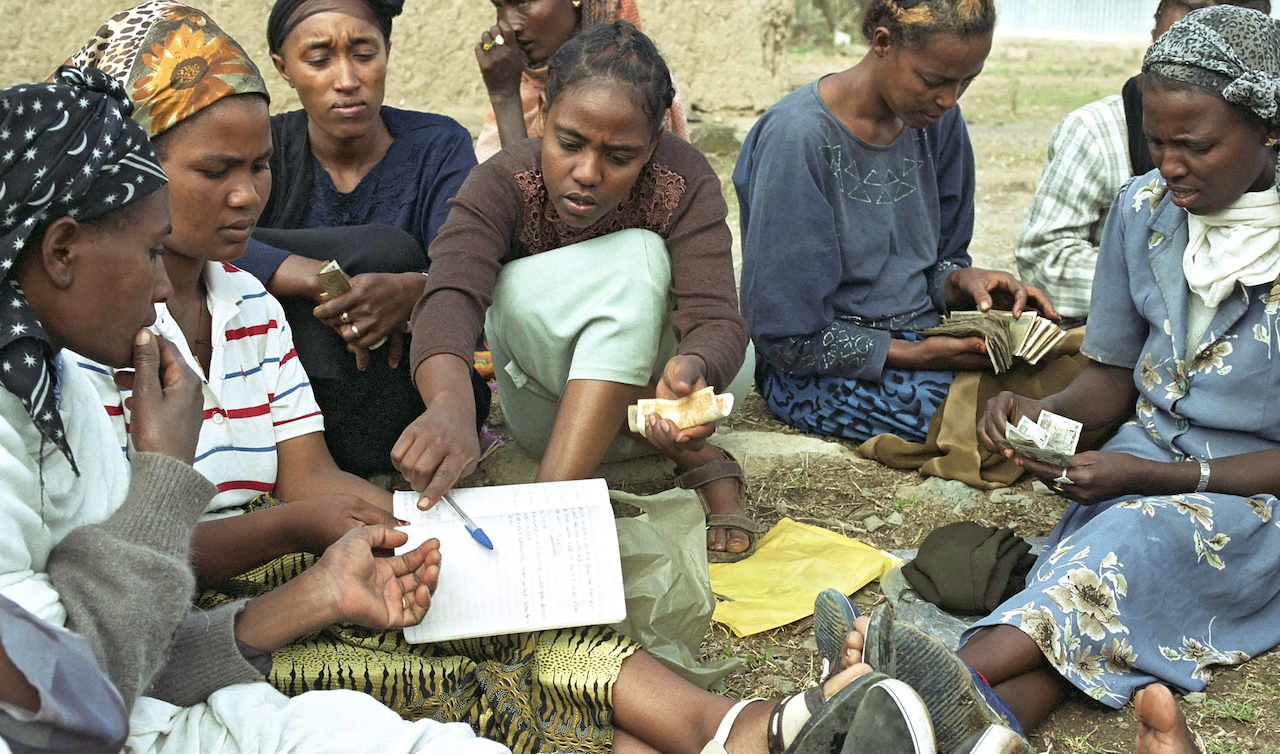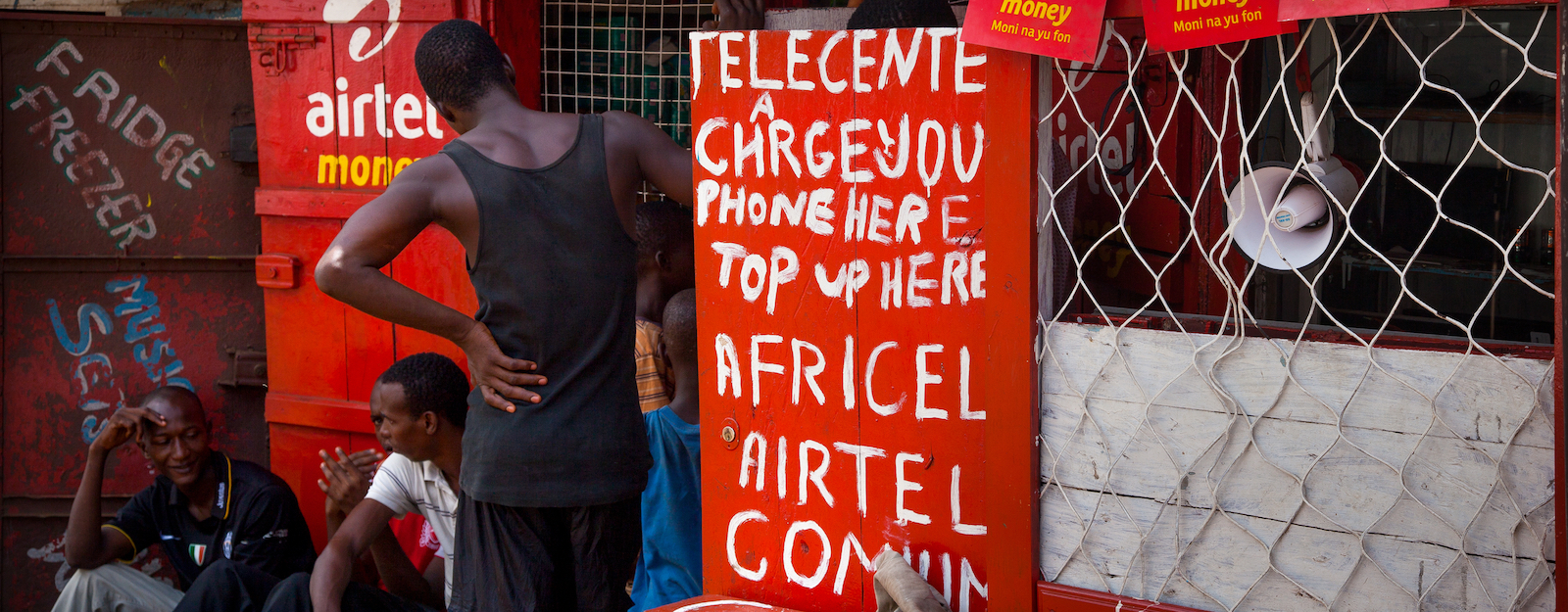On World Cities Day, Putting Urban Issues into Perspective
Sadhvi Sharma
October 31st 2017
4 minute read.
As heavy rains lashed across South Asia this year, affecting over 41 million people across the subcontinent, Mumbai in particular witnessed chaos and collapse… of buildings, transport, infrastructure and everyday life. Roads were clogged, hospitals flooded, schools closed and flights grounded as scenes of people wading through waist high water did the rounds of international media.
A lot has been written since about the problem, blaming urbanisation, population growth or climate change. Is Mumbai, like urban centres in developing countries, growing too fast? How can we stem the inflow of migrants? Perhaps the destruction was inevitable and the increasing levels of rainfall in itself is the issue? While these may be relevant factors a singular focus on climate change or population growth or migration often discounts the issue of governance and administration, and fails to recognise the complexities and particularities of the political economy of developing cities. These scenes of a city coming to a standstill are a routine annual occurrence in Mumbai. Every year during the monsoons residents try to cope with clogged drains, flooded roads, disruption of transport and threat of infection from rubbish and waste circulating in the city.In 2005 flooding in the city claimed over 1,000 lives with shanty towns most severely affected. It is a failure of planning, policy and governance but also a result of social and political factors that need unravelling.
A number of overlapping issues contribute to urbanisation challenges: a lack of affordable housing (where they do exist, as per a 2014 McKinsey report 33% of India’s housing are of substandard quality), poor infrastructure related to the poor regulation of land use and construction of buildings, roads and bridge; lack of authority at local administrative levels and a lack of financial autonomy of urban local bodies; according to one report, while the share of local governments in total Chinese government revenue is 25%, the share in India is 3%; in per capita terms, India's annual capital spending of $17 is only 14 per cent of China’s $116 and less than 6 per cent of New York's $292. Add to the mix, education, social and cultural norms, structure of governance or the patterns and nature of migration, and we quickly realise the need for more knowledge and analysis.
For instance, while critics of migration point to the problem of people leaving rural areas, migration is both a problem and a positive force, a marker of progress in many developing countries. An insightful analysis in the Mint puts the issue of migration into perspective: arguing that while greater urbanisation “will boost citizens’ quality of life and boost the country’s GDP” one of the problems of migration in the Indian context is that the majority of migrants are seasonal labour not absorbed into formal sector, pointing also to the need for more nuanced data on migration patterns and composition of migrant population for effective policymaking.
India’s urban population is expected to hit the 600 million mark by 2031. According to the UN World Urbanisation Prospects report 2014, the annual growth in urban population in India between 2010 and 2015 was the highest among the major economies. Cities are therefore important centres of change, they fuel growth but also present very particular challenges. According to a McKinsey report on urbanisation, Indian cities are expected to generate 70 per cent of the net jobs created up to 2030, produce around 70 percent of Indian GDP.
Urbanisation is a positive force, a driver of change and development, of competition, strife, conflict, innovation — both material and cultural. It is also a complex web of political, social and economic issues. There is no ignoring the fact that for many developing countries urbanisation is desirable and inevitable. It is also a source of many challenges in need of better governance, planning and policy and the way to achieve that will be to acknowledge the importance of cities and strive to develop a better nuanced understanding of the drivers of urbanisation, its failures and successes and its unique complexities.










